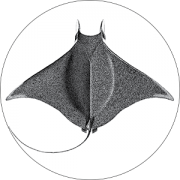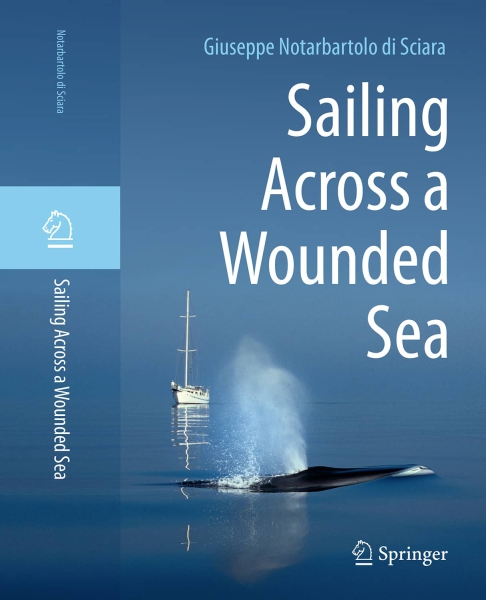Mediterranean monk seals, Monachus monachus, are amongst the world’s most threatened marine mammals, with only a few hundred left in the Mediterranean, confined to the eastern portion of the region, and a few more in the North Atlantic. The species has recently been downlisted from Critically Endangered to Endangered, and later even to Vulnerable in IUCN’s Red List.
Conserving monk seals was the very first project of the Tethys Research Institute, when in 1986 we got funding from the Italian Ministry of agriculture to carry out a feasibility study for the establishment of a rescue-rehabilitation centre in northern Sardinia. That centre, however, never saw the light of day.
In subsequent years I was again involved in monk seal conservation efforts, having been contracted by the Hellenic Society for the Study and Protection of the Monk Seal (also known as MOm) in 2009 to draft the National Strategy and Action Plan for the conservation of the Mediterranean monk seal in Greece, 2009-2015, and in 2014 by UNEP’s Mediterranean Action Plan to write the Regional Strategy for the conservation of monk seals in the Mediterranean.
The CYCLADES LIFE+ Project
In 2011 I received a request for advice from the “Prince Albert II of Monaco Foundation” on actions to protect the critically endangered Mediterranean monk seals in the Mediterranean. My recommendation was to invest all possible efforts to secure the seals where they still exist in viable numbers and breeding occurs, i.e., in the eastern Mediterranean and most notably in Greece. I was then asked to engage in an in situ reconnaissance trip to identify a location in Greece where the chances of success for such an endeavour appeared most promising.
The information collected through the above activities provided the stimulus for a conversation with colleague and friend Spyros Kotomatas, which eventually led to the effort of securing through a protected area one of the most valuable gatherings of monk seals in Greece, in the recently discovered habitat on the island of Gyaros, a Nature 2000 site in the Cyclades. At the same time, it was clear that no protected area would ever manage to obtain significant results unless actions would also achieve the involvement and empowerment of the local communities affected by the conservation efforts.
A four-year project, named CYCLADES LIFE+ (“Integrated monk seal conservation in the northern Cyclades”) and coordinated by Spyros Kotomatas from WWF Greece, was supported by the European Commission and by other donors including the Prince Albert II of Monaco Foundation. The project involved a large number of actions, comprising the establishment of a no-take marine protected area around Gyaros and the application of advanced technology (radar, video cameras, and drones) to ensure effective enforcement. Most importantly, the project involved the creation of a consortium of stakeholders, including public and local private elements, which will hopefully be tasked with the management of the protected area.


